Tomatoes are a beloved garden staple, but cultivating them in subtropical Australia can pose some unique challenges. The warm, humid climate can be a breeding ground for various tomato diseases and problems that can wreak havoc on your crop. In this guide, we'll explore some of the most common tomato diseases and issues you might encounter in subtropical Australia and offer solutions to help your tomato plants thrive.
Environmental issues
Blossom End Rot
Cause: Blossom end rot is a physiological disorder caused by a lack of calcium in the developing fruit. It is extremely rare to have calcium deficient soil, the most common cause is fluctuating moisture levels in the soil which can hinder its uptake.
Symptoms: Affected tomatoes display dark, sunken lesions at the blossom end of the fruit, which can grow mouldy.
Solution: To prevent blossom end rot, maintain consistent soil moisture by using mulch and watering regularly. Ensure your soil's pH is within the correct range for calcium uptake.
Sunscald
Cause: Sunscald occurs when tomato fruit is exposed to excessive direct sunlight, leading to damage and discolouration. We most often find this if an exclusion net is resting directly on fruit.
Symptoms: Sunscald manifests as white, papery patches on tomato fruit where the sun has scorched the skin.
Solution: Protect your fruit from sunscald by providing adequate shading or by using lightweight cloth or screens to cover vulnerable fruit during peak sun exposure. Exclusion nets work well, and serve a double purpose protecting from other bugs, just get in and shake the plant every so often to aid pollination. If you are trimming your tomatoes back to help with airflow, try to leave foliage directly above fruit to provide coverage for your fruit.
Diseases
A lot of the diseases we see here in the subtropics usually arise from the warm humid climate. We see a lot of issues caused from fungal or bacterial infections. To keep diseases in check we recommend practising crop rotation, if possible 3-4 years between planting tomatoes in the same bed. With small backyards that may not be realistic but if you’re consistently having tomato problems it might be worth moving them to new soil in large pots or containers.
If you find no matter what you do, you can't grow decent tomatoes due to diseases, look at the varieties you’re growing. Whilst we all love to grow the tomatoes that you can’t find in the shops, some of the heirloom varieties are more prone to having issues. Our go-to for problem gardens are the classic Roma, burnley gem, tropic, or Tommy Toe Cherry. You can find our range of tomatoes curated for the subtropical climate here.
Early Blight (Alternaria solani)
Cause: Early blight is a fungal disease caused by Alternaria solani, which thrives in warm and humid conditions. The fungus primarily attacks older leaves.
Symptoms: Early blight manifests as circular, dark brown spots with concentric rings, often found on lower leaves. The affected leaves may wilt and die.
Solution: To manage early blight, practise good sanitation by removing and disposing of infected leaves. Apply a copper-based fungicide and ensure proper spacing between plants for better air circulation.
Fusarium Wilt
Cause: Fusarium wilt is a soil-borne fungal disease caused by Fusarium oxysporum. It affects the vascular system of tomato plants, causing wilting and decline.
Symptoms: Infected plants exhibit wilting of the lower leaves, yellowing, and stunted growth. The disease can lead to plant death.
Solution: Rotate your crops to avoid planting tomatoes in the same spot for several years.
Verticillium Wilt
Cause: Similar to Fusarium wilt, verticillium wilt is a soilborne fungus, Verticillium dahliae, that invades the vascular system of tomato plants.
Symptoms: Verticillium wilt leads to wilting, yellowing, and browning of lower leaves. It can also cause the plants to produce smaller, underdeveloped fruit.
Solution: Rotate your crops, as with Fusarium wilt. Check your watering routine and make sure your soil isn't waterlogged.
Septoria leaf spot
Cause: One of the most common ones we see Septoria leaf spot is a common fungal disease that affects tomato plants in subtropical Australia, especially during periods of high humidity and moisture. It is caused by the pathogen Septoria lycopersici.
Symptoms: Infected tomato plants develop small, dark spots with light centres on the lower leaves. As the disease progresses, the spots enlarge and can lead to premature leaf drop, weakening the plant.
Solution: To manage septoria leaf spot, practise good garden sanitation by removing and disposing of infected leaves. Ensure proper spacing between plants to improve air circulation. Apply a eco fungicide or other appropriate fungicidal treatments as a preventive measure.
Mosaic Viruses
Cause: Mosaic viruses are transmitted by aphids and other insects. These viruses can affect tomato plants, leading to symptoms like mottled or distorted leaves.
Symptoms: Infected tomato plants may exhibit distorted or mottled leaves, reduced fruit production, and overall poor growth.
Solution: To prevent mosaic viruses, control aphids and other sap sucking insects such as shield bugs.
Tomato yellow leaf curl virus (TYLCV)
Cause: Initiated by a group of viruses belonging to the genus Begomovirus. These viruses are primarily disseminated by the whitefly Bemisia tabaci. TYLCV tends to proliferate rapidly, particularly in warm and tropical climates. The whitefly acts as a vector, transmitting the virus as it feeds on infected plants and then moves to healthy ones. Once a plant is infected, the virus disrupts its normal growth and development, leading to a range of distinctive symptoms.
Symptoms: Infected plants display a characteristic upward curling of the leaves, resulting in a cupped appearance. Yellowing of the leaves, particularly on the older foliage, is another prevalent sign. Stunted growth, reduced fruit production, and deformities in leaves contribute to the overall decline in plant health. The severity of symptoms can vary depending on factors such as the tomato variety, the age of the plant when infected, and environmental conditions.
Solution: Unfortunately, there is no cure for viral diseases once a plant is infected with TYLCV. Therefore, the primary focus should be on prevention and management strategies. Controlling the population of whiteflies, the vector responsible for virus transmission, is vital. See whitefly control below.
Pests
Aphids
Cause: Aphids are small, soft-bodied insects that feed on plant sap, often found on the undersides of leaves. They can transmit plant viruses.
Symptoms: Aphid infestations can cause leaf curling, yellowing, and stunted growth in tomato plants.
Solution: Control aphids by spraying them off with a strong stream of water, using eco oil or introducing beneficial insects like ladybugs. Find our natural aphid management strategies here.
Whiteflies
Cause: Whiteflies are tiny, white insects that feed on the undersides of tomato leaves. They can transmit plant diseases and excrete honeydew, attracting sooty mould.
Symptoms: Leaves of infested tomato plants may become yellowed and sticky due to honeydew and sooty mould.
Solution: Whiteflies like warm humid areas so the best way is to deter them by creating plenty of airflow around your tomato plants. Always plant flowers to encourage beneficial insects to your gardens, our top choice to plant amongst our veggies is Alyssum. If infestation occurs, apply eco oil.
Mites
Cause: Broad, russet and spider mites are tiny arachnids that infest tomato plants, causing stippling and distortion of leaves. They thrive in warm and dry conditions, which can be common in subtropical Australia particularly after dry winters that lead into spring.
Symptoms: Infested tomato plants exhibit distorted, curled, and discoloured leaves, often with a bronze or russet appearance.
Solution: Eco Oil can be used to control broad and russet mites, just ensure you spray above where you see the damage as that’s likely where they will be. We’ve bought in predatory mites to keep russet mites under control with success.
Queensland Fruit Fly (Bactrocera tryoni)
Cause: The Queensland fruit fly is a significant pest in subtropical Australia, known for attacking a wide range of fruiting plants, including tomatoes. This fly can lay eggs in ripening fruit.
Symptoms: Infested tomatoes may have puncture wounds on the skin, and you may find small maggots inside the fruit.
Solution: Implement fruit fly management strategies, such as using fruit fly baits, hanging fruit fly traps, and netting over fruiting plants. Picking up fallen and infested fruit can also help reduce the population. Find more tips on fruit fly strategies here.
Birds, Possums, Bats and Rats
Deterring rats, bats, birds, or possums from tomatoes can be challenging, but there are several methods you can try to protect your crop. Here are some suggestions:
Physical Barriers
Use bird netting: Cover your tomato plants with bird netting to prevent birds and bats from reaching the fruits.
Install wire mesh: Create a barrier around your tomatoes using wire mesh or hardware cloth to deter rats and possums.
Repellents:
Sprays: Apply natural or commercial repellent sprays to your plants. Some repellents contain ingredients like garlic, chili, or predator urine that can deter pests. We’ve not had success with any of the commercial based products but it’s worth a shot if you’re getting desperate.
Odour-based repellents: Use strong-smelling substances like peppermint oil, citrus peels, or mothballs around your garden to discourage pests.
Companion Planting:
Plant herbs and flowers: Some plants, like marigolds and basil, can act as natural repellents for certain pests. Consider interplanting these with your tomatoes.
Scare tactics:
Motion-activated lights or scarecrows: Install lights or scarecrows that are triggered by motion to startle and scare away pests. We’ve had readers have success with flashing fairy lights for deterring possums.
Keep the Area Clean:
Remove hiding spots: Regularly clean up debris and tall grass near your garden, as these can provide hiding spots for pests.
Secure compost bins: If you compost, make sure your compost bins are secure and not attracting pests. See how we rat proof our compost bin here.
Traps:
Use live traps: Consider using live traps for rats. Whilst not recommended in the case of possums as a new possum will just take its place, check with local authorities regarding regulations on trapping and relocating wildlife.
Regular Monitoring:
Keep an eye on your plants: Regularly inspect your tomato plants for signs of pest damage and take action promptly.
Remember, it may be necessary to use a combination of these methods to effectively deter pests. Additionally, local regulations may impact the methods you can use, especially when dealing with wildlife. Always consider the safety of both your plants and the environment when choosing pest control methods.
Growing tomatoes in subtropical Australia can be a rewarding experience, but it comes with its share of challenges in the form of diseases and pests. By being vigilant and taking proactive measures, you can protect your tomato crop and enjoy a bountiful harvest. Implement good gardening practices, choose resistant varieties, and stay ahead of any emerging problems to ensure your tomato plants thrive and provide you with delicious, homegrown tomatoes.
Got any tomato issues we haven't listed above? Leave a comment below.

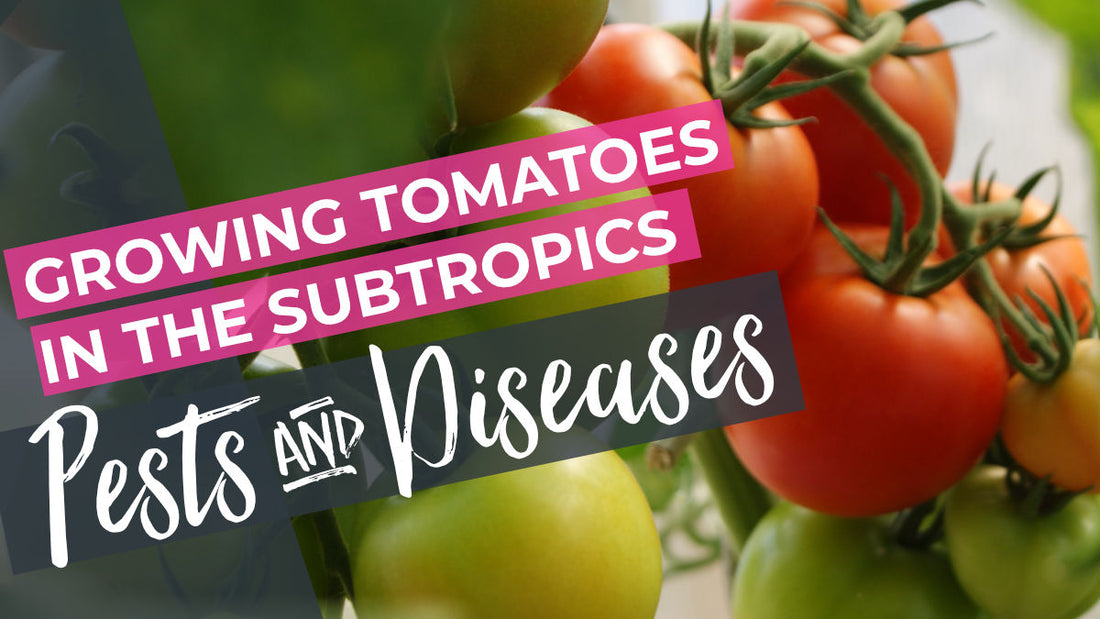
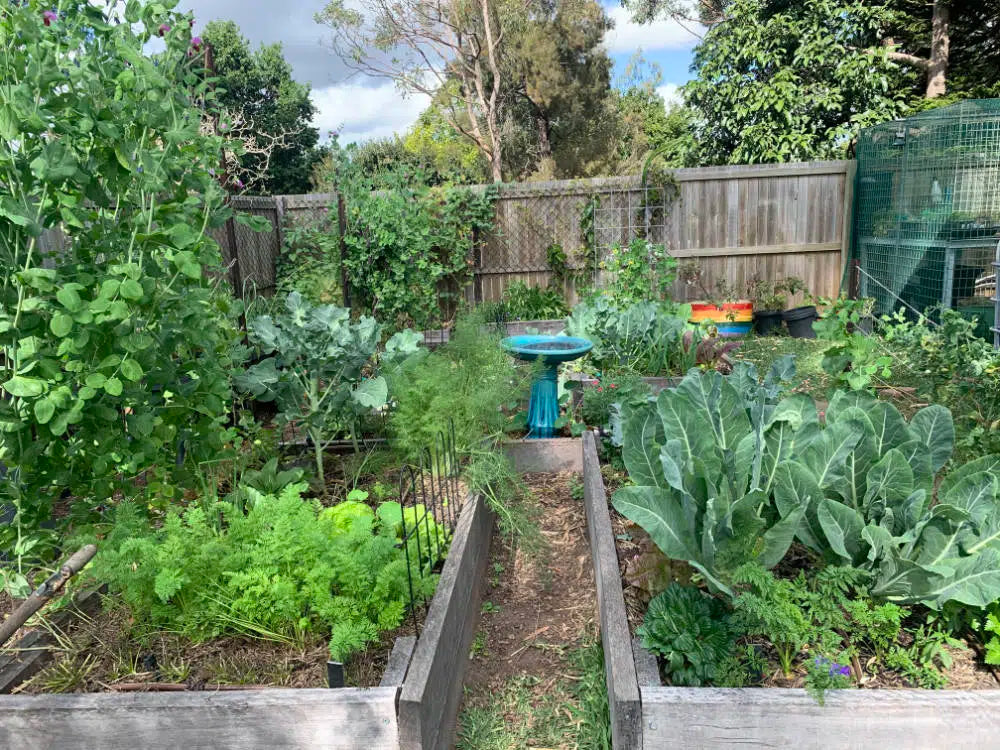
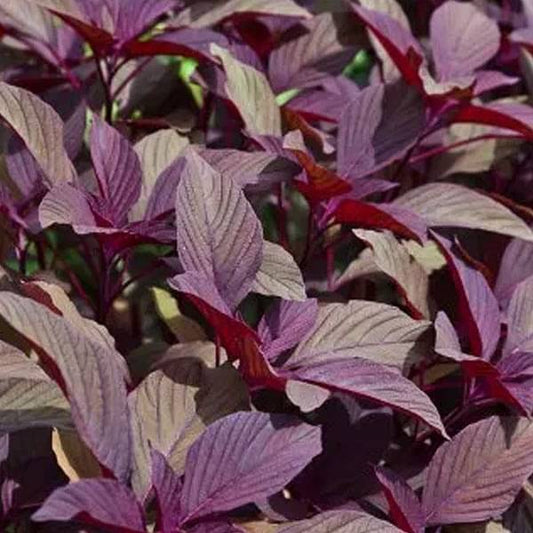

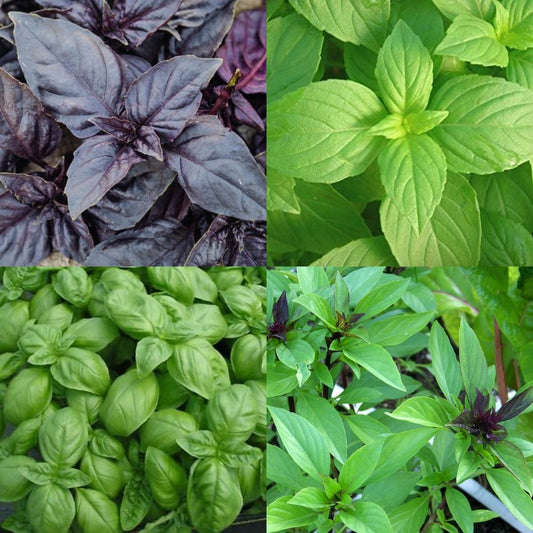
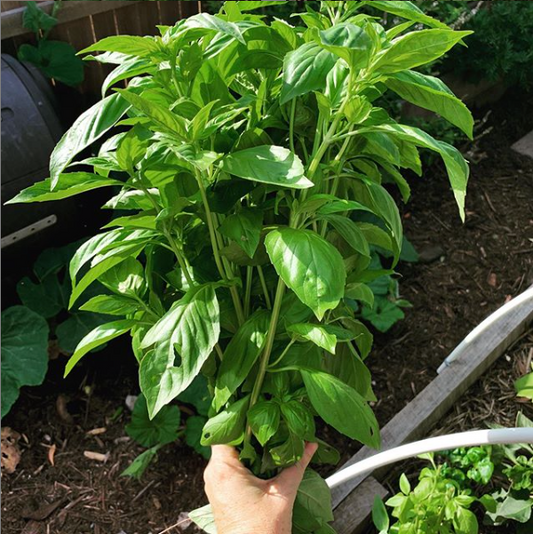
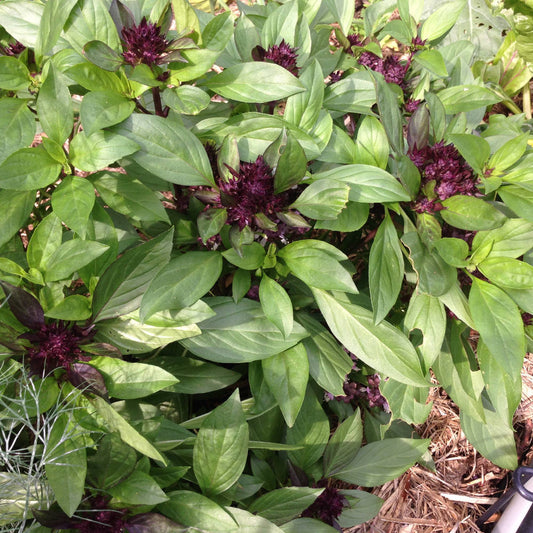
2 comments
Sannie, it sounds like russet mite. https://loveofdirt.com.au/blogs/organic-gardening/tomato-pest-tomato-russet-mite
I have not had much luck growing things from seeds. Usually the tomatoes just come up where I have buried scraps and mostly small like Tommy Toe. But I have one now that came up and is bigger. I have ripened one in the kitchen but find that most before they ripen get a dark mottled crust all over the tomato. I can’t find out what it is or what is causing it in any of the information on diseases. Could you shed light on this?